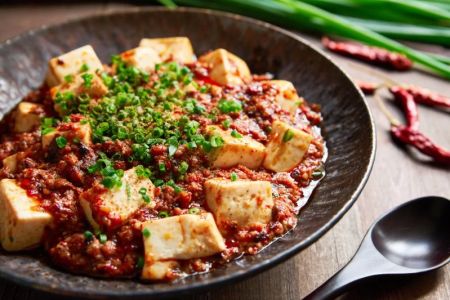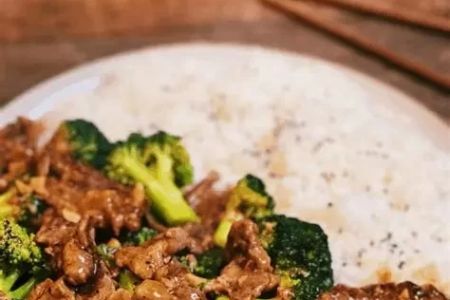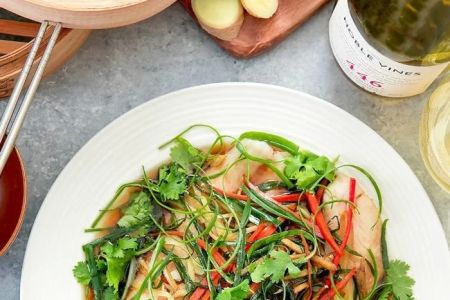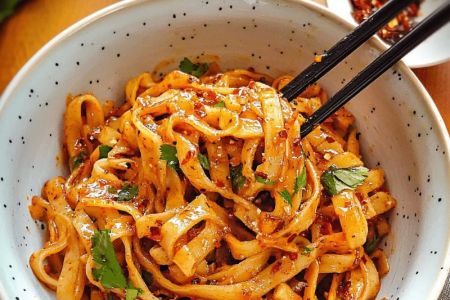- 1 - history-and-culture - #history-and-culture - the-origins-of-chinese-hot-pot
- 2 - choosing-your-broth - #choosing-your-broth - from-mild-to-fiery-flavors
- 3 - essential-ingredients - #essential-ingredients - meats-vegetables-and-noodles
- 4 - dining-etiquette - #dining-etiquette - traditions-and-modern-practices
- 5 - real-life-experiences - #real-life-experiences - stories-of-hot-pot-with-loved-ones
- 6 - finding-the-best-places - #finding-the-best-places - where-to-enjoy-hot-pot-today
1) History and Culture – The Origins of Chinese Hot Pot
Chinese hot pot is more than just a meal; it’s a centuries-old tradition that reflects the heart of communal dining in China. Dating back over 1,000 years, hot pot was once enjoyed by Mongolian horsemen who cooked meat in a shared pot over open flames. Today, it has evolved into a vibrant social dining experience that brings families and friends together. Its enduring popularity in China and abroad highlights how food connects people across cultures.
2) Choosing Your Broth – From Mild to Fiery Flavors
2.1 Mild Broth for Beginners
For first-timers, a clear chicken or mushroom broth offers a soothing and approachable start. These lighter bases allow the natural flavors of the fresh ingredients to shine. Families often prefer this option for children and those who are sensitive to spice.
2.2 Spicy Broth for the Adventurous
Sichuan-style hot pot, famous for its fiery red chili and numbing Sichuan peppercorns, offers a bold and unforgettable experience. Many diners describe it as a thrill for the senses, where heat and tingling sensations blend into a unique taste adventure.
3) Essential Ingredients – Meats, Vegetables, and Noodles
A well-balanced hot pot spread includes thinly sliced beef, lamb, or pork, which cook within seconds when dipped into the boiling broth. Vegetables like bok choy, spinach, lotus root, and mushrooms add freshness and texture. No hot pot experience is complete without noodles—whether glass noodles, hand-pulled, or rice vermicelli—to soak up the rich broth at the end of the meal. Dipping sauces made from sesame paste, garlic, and soy further personalize each bite.
4) Dining Etiquette – Traditions and Modern Practices
Sharing is at the heart of Chinese hot pot. Traditionally, everyone cooks and eats from the same bubbling pot, symbolizing unity and togetherness. Modern practices sometimes include split pots with dividers, allowing diners to enjoy different broths simultaneously. A common etiquette is to avoid overloading the pot with too many ingredients at once, ensuring each item cooks properly and the broth remains balanced.
5) Real-Life Experiences – Stories of Hot Pot with Loved Ones
A college student in San Francisco shared how hot pot nights became a weekly ritual among her international friends. It wasn’t just about the food but about laughter, cultural exchange, and comfort during homesick evenings. Similarly, families in New York Chinatown often gather for weekend hot pot feasts, carrying forward a tradition that strengthens generational bonds.
6) Finding the Best Places – Where to Enjoy Hot Pot Today
From bustling restaurants in Los Angeles to cozy home gatherings in small towns, hot pot has found its place across the U.S. For those looking to explore authentic flavors and equipment, Chinese Food offers excellent resources for broths, cookware, and ingredient kits. Whether dining out or recreating the experience at home, the joy of hot pot lies in the togetherness it fosters.







